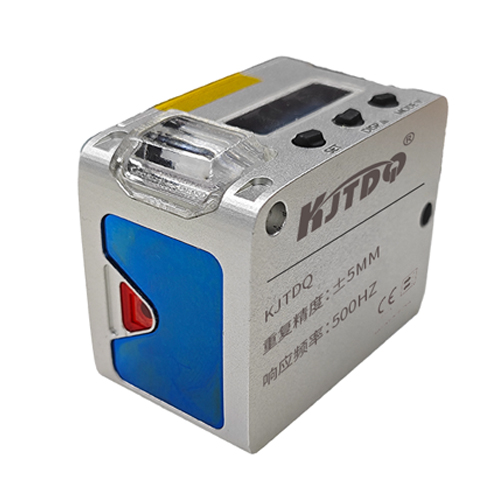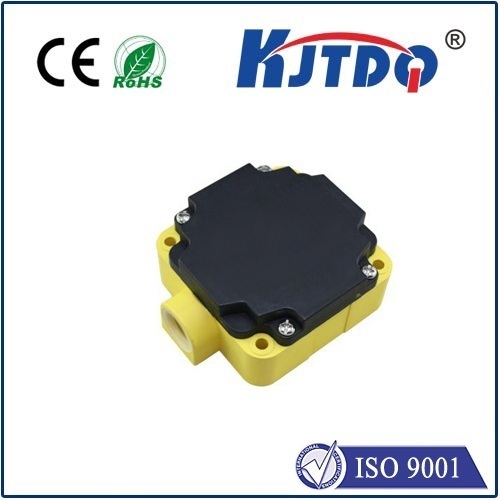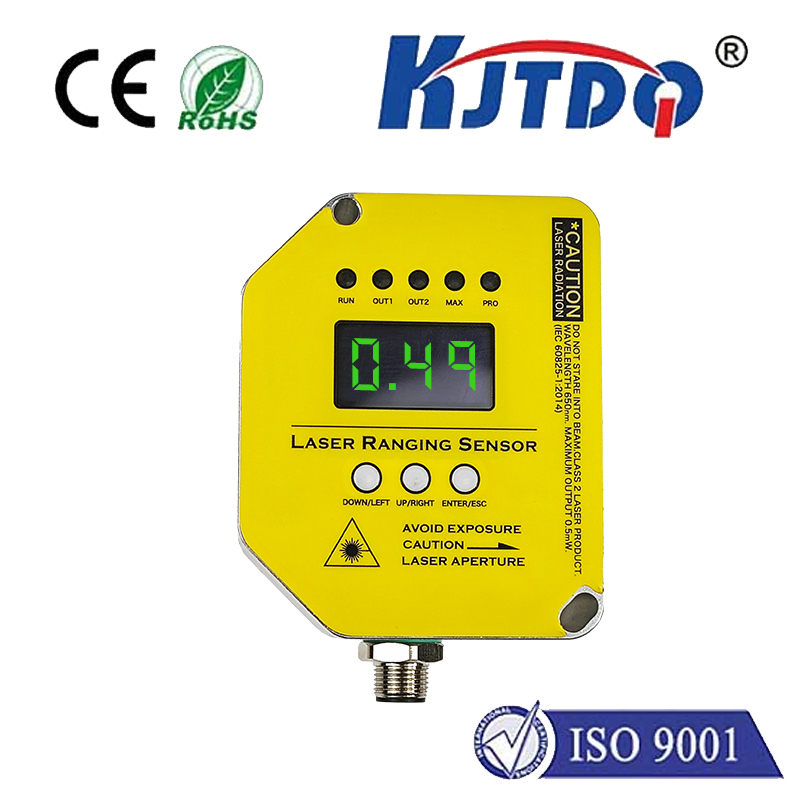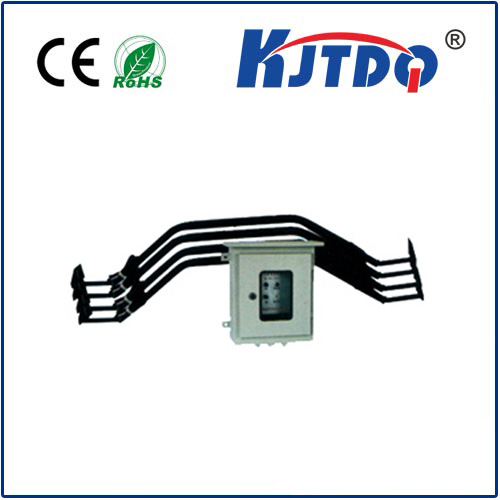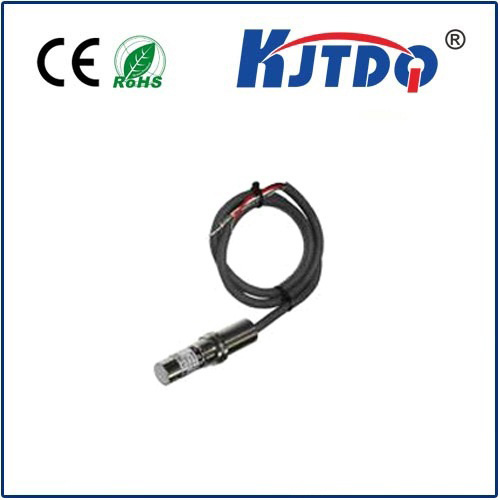proximity sensor npn nc
- time:2025-09-07 04:35:56
- Click:0
Demystifying NPN NC Proximity Sensors: Your Guide to Sinking, Normally Closed Operation
In the intricate world of industrial automation and machinery control, few components are as ubiquitous yet potentially confusing as the proximity sensor. Their silent operation, detecting the presence or absence of objects without physical contact, is fundamental. But delve into specifications, and you encounter a sea of acronyms: NPN, PNP, NC, NO. Specifically, the combination “proximity sensor NPN NC” defines a critical type known for its reliability and specific safety characteristics. Understanding this configuration isn’t just technical jargon; it’s key to designing safe, efficient, and reliable systems. Let’s break down exactly what this means and why it matters.
The Core: What is a Proximity Sensor?
At its heart, a proximity sensor is an electronic device designed to detect the presence of nearby objects without making physical contact. Common types include inductive sensors (ideal for metals), capacitive sensors (detecting various materials, including liquids and plastics), and photoelectric sensors (using light beams). They generate an electrical output signal when a target enters their detection range. This signal is then used by controllers like PLCs (Programmable Logic Controllers) to trigger actions – starting a conveyor, stopping a robot arm, counting parts, or initiating a safety sequence.
Decoding the Output: NPN vs. PNP

The terms NPN and PNP refer to the type of transistor used in the sensor’s output switching circuit. This determines how the sensor connects to the load (like a PLC input, relay, or light) and the voltage flow:
- PNP (Sourcing Output):
- Often called a “sourcing” sensor.
- When the sensor is active (detects a target), its output line connects the positive supply voltage (+V) to the load. The load is then connected to ground (0V).
- Think of it as the sensor providing the positive voltage signal when triggered.
- Commonly used with PLCs and systems where the common point is ground (0V).
- NPN (Sinking Output):
- Often called a “sinking” sensor.
- When the sensor is active (detects a target), its output line connects the load to ground (0V). The load must be connected to the positive supply voltage (+V).
- Think of it as the sensor providing a path to ground when triggered, allowing current to flow through the load into the sensor.
- Also widely used, especially in regions where this configuration is standard, or when interfacing with specific PLC modules that expect a sinking signal.
Crucially, for our “proximity sensor NPN NC” – the output stage uses an NPN transistor, making it a sinking sensor.
| Output Type |
Also Called |
Active State Connection |
Load Connection |
Common PLC Wiring |
| PNP |
Sourcing |
Output connects Load to +V |
Load connects to 0V |
+V → Sensor → PLC Input → 0V |
| NPN |
Sinking |
Output connects Load to 0V |
Load connects to +V |
+V → Load → Sensor Output → 0V |
The State: Normally Open (NO) vs. Normally Closed (NC)
This defines the sensor’s default electrical state when there is no target present in its detection range.
- Normally Open (NO):
- The output circuit is open when no target is detected. No current flows.
- When a target is detected, the output circuit closes, allowing current to flow.
- Think: “Off” when idle, “On” when detecting.
- Normally Closed (NC):
- The output circuit is closed when no target is detected. Current flows normally.
- When a target is detected, the output circuit opens, interrupting the current flow.
- Think: “On” when idle, “Off” when detecting.
Therefore, an “NPN NC” proximity sensor has:
- An NPN (sinking) output transistor.
- A Normally Closed electrical circuit when no target is present.
Putting it Together: How an NPN NC Proximity Sensor Works
- No Target Present (Idle State):
- The sensor’s internal switch is closed (because it’s NC).
- Because it’s NPN, this closed switch provides a path from the output terminal to ground.
- Current flows from the positive supply (+V), through the connected load (e.g., a PLC input module), into the sensor’s output terminal, and down to ground (0V).
- The PLC (or other load) sees this as an “On” or “Signal Present” state.
- Target Detected (Active State):
- The sensor detects a target within its sensing range.
- The internal switch opens (because it’s NC - active state breaks the circuit).
- The path to ground is broken.
- Current cannot flow from the load, through the sensor, to ground.
- The PLC (or other load) sees this as an “Off” or “Signal Absent” state.
Why Choose an NPN NC Proximity Sensor? The Power of Fail-Safe
The NPN NC configuration is particularly valued in critical applications due to its inherent fail-safe characteristics related to the Normally Closed aspect:
- Wire Break Detection: If the wire connecting the sensor to the PLC (or power/ground) is cut or becomes disconnected, the circuit is broken. This mimics the sensor detecting a target (output opens). The system interprets the loss of signal correctly as a “fault” or “stop” condition, triggering a safety response. An NO sensor wouldn’t detect such a wire break in its idle state.
- Sensor Failure Mode: If the sensor itself fails internally (e.g., electronics malfunction), it’s more likely for an NC sensor to fail open (breaking the circuit) than to fail closed (maintaining the circuit incorrectly). Failing open again triggers the “stop” condition. This assumes the sensor’s failure mode tends towards an open circuit.
- Safe State Default: In many safety-critical applications (e.g., guarding on a press, emergency stop monitoring), the desired safe state is for the machine to stop. An NC sensor is configured so that the absence of its signal (caused by detection OR a fault) commands this safe stop.
- PLC Logic Compatibility: Many safety relays and safety PLC routines are designed to monitor for the loss of a signal as the trigger for a safe shutdown. The NC configuration provides this signal loss directly upon detection or failure.
Key Applications for NPN NC Sensors
- Safety Interlocks: Guard doors, light

















